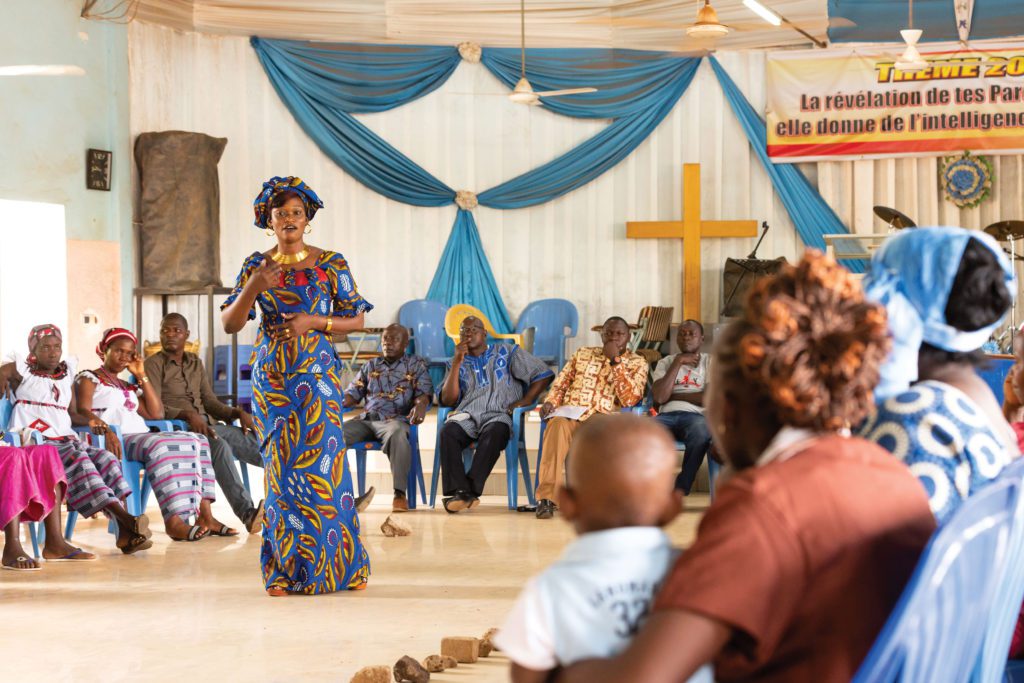Truth That Sticks: How to Communicate Velcro Truth in a Teflon World
by Avery T. Willis, Jr. and Mark Snowden
NavPress, P.O. Box 35001, Colorado Springs, CO 80935, 238 pages, 2010, $14.99.
—Reviewed by Samuel E. Chiang, executive director of the International Orality Network.
Truth That Sticks is destined to become a timeless classic. Co-authors Avery Willis and Mark Snowden pooled their experiences in storytelling, discipleship, small groups, and working with churches into this excellent resource. When Willis began working on it, I did not know it would be his last. In the summer of 2009, he and I were conducting training together in Kona, Hawaii. As I read the first eight chapters of the first draft of this book, I knew it was unique.
Willis and Snowden begin by using the example of Velcro to show how our brains have many sensory on-ramps (sight, hearing, smell, touch, and taste), which the authors call “loops.” Willis and Snowden then show how “hooks” gain maximum stickiness to loops when intentional discipleship through Bible storytelling is conducted in relational small groups.
Along this journey, the authors focus on oral-preference learners in America. They cite government reports showing that literacy rates have not improved notably since the 1990s. They then examine the postmodern demographics with a preference for the visual-oral technology usage, along with what is working for intentional discipleship.
Readers accustomed to a linear approach to problem solving will be surprised. The book has a rhythm that seems to go two steps forward and one step back (or perhaps even more telling, a circular-stair ascending flow to capture storytelling) and help readers understand that discipleship really can work as well in the twenty-first century as it did in the first century.
The authors cite extremely winsome examples of discipleship, small group dynamics, and church growth. Real Life Ministries, a church in Post Falls, Idaho, is shared as an example of maximum stickiness through storytelling rooted in relationships conducted in small group format. This is a living example, and one that should give pause to many readers and guide them to ask, “Can it be as simple as this?”
One downside to the book is that the authors could have written more on the “change” process. Perhaps this was wise, since any “change” process within any church is unique, and may be a potential distraction from the purpose of discipleship through storytelling.
This should be referred to by every layperson and leader as the Church contemplates how to reengage the postmodern, oral-visual society of the twenty-first century.
….
EMQ, Vol. 47, No. 2, pp. 254-255. Copyright © 2011 Evangelism and Missions Information Service (EMIS). All rights reserved. Not to be reproduced or copied in any form without written permission from EMIS.



